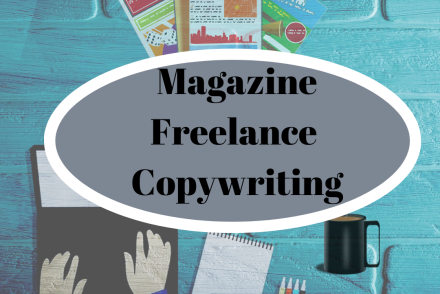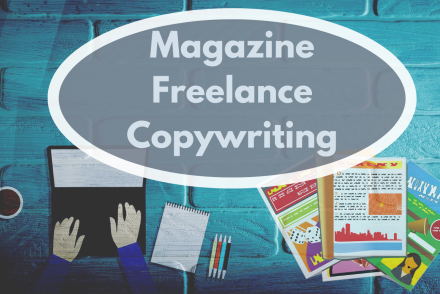
Kids Lit
Is That True??!!
I heard comments/complaints in a writer’s group recently that “it is impossible to get your book into the library”…
August 8, 2024
I heard comments/complaints in a writer’s group recently that “it is impossible to get your book into the library”…
August 8, 2024
As a writer, your prized possession is almost certainly your collection of books. Whether you read reams of epic…
June 15, 2024
There’s little doubt that excessive consumption is harming communities and the environment. For one, the manufacturing processes produce vast…
March 14, 2024
Back in 2021, I relayed the long, long trail to sell a 181-word board book manuscript for publication. And…
October 8, 2022My dream as a kid was to become an elementary teacher and write books for kids. In high school,…
August 16, 2017